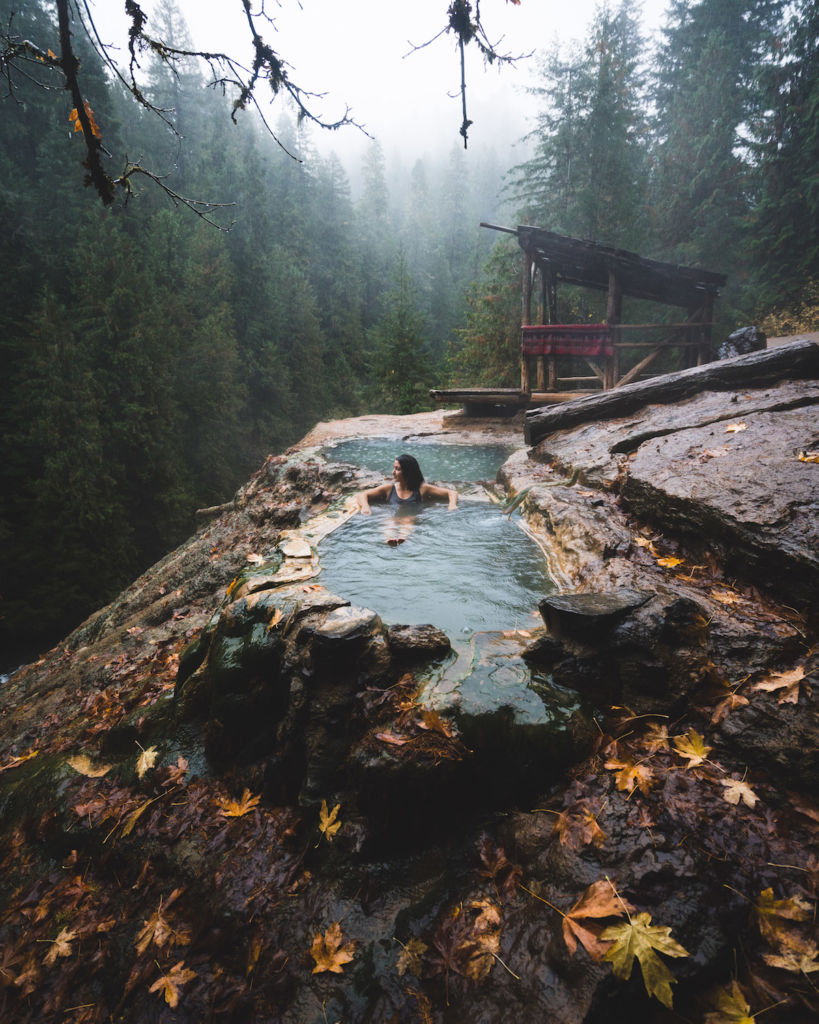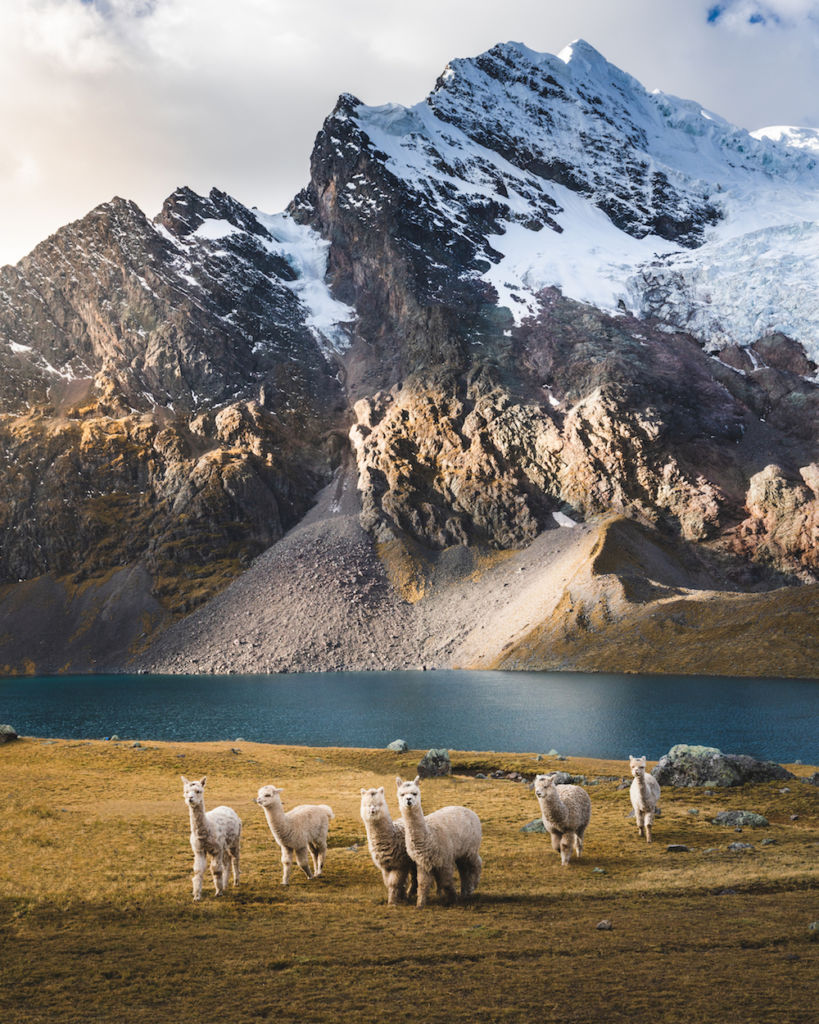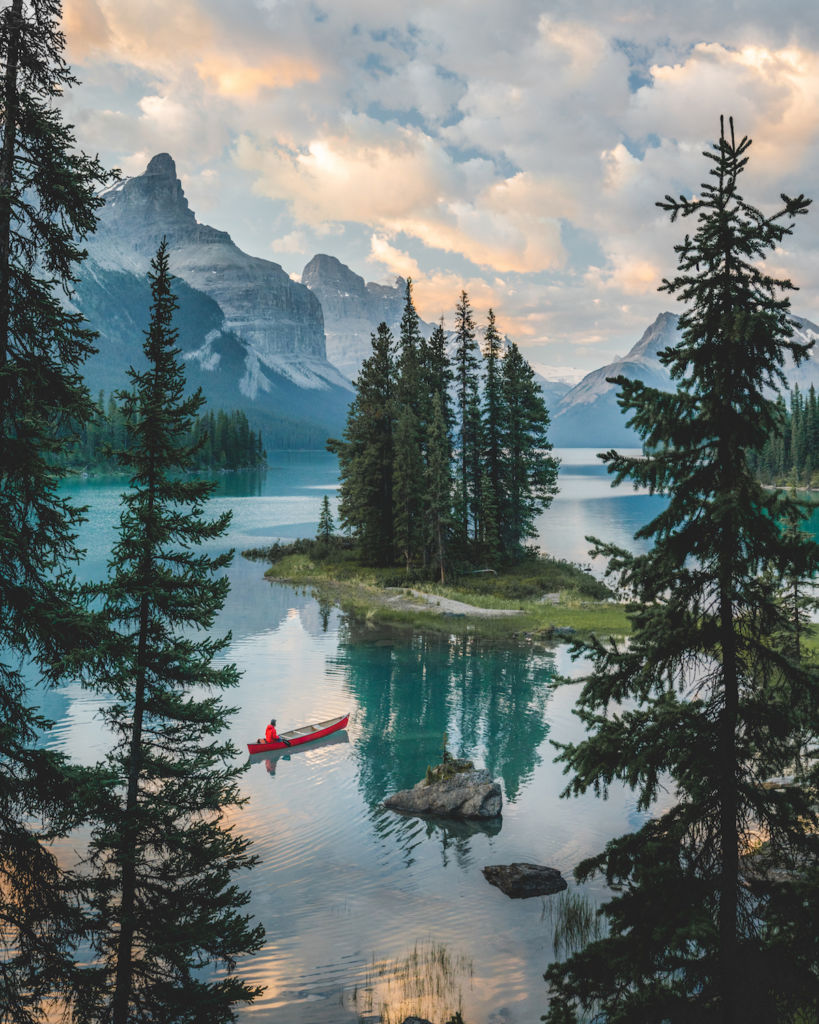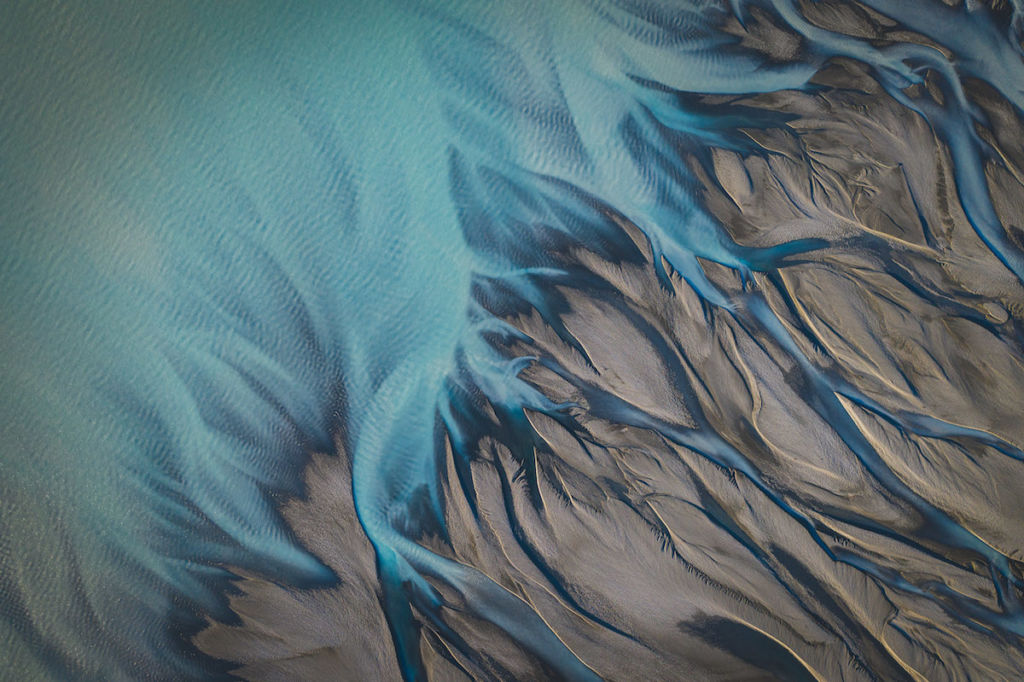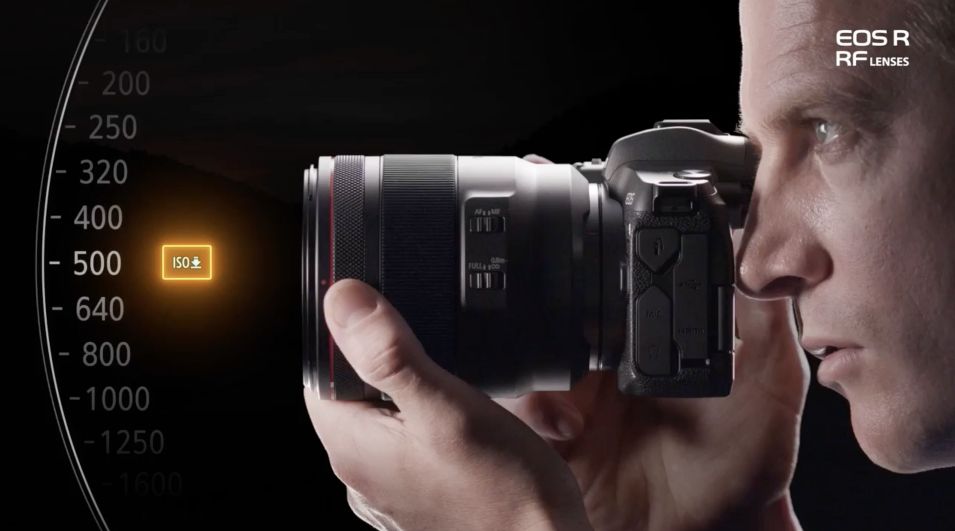Getting the shot you want as an amateur photographer can be difficult. From camera gear, to lenses, to the spirit behind the image, there is much to consider! Choosing the right tools for the job is essential to elevating your photography and making your photos stand out.
Luckily, Brayden Hall, Vancouver-based adventure, lifestyle, travel photographer, videographer and social media influencer, has a few insights to help you select the right lenses and equipment to get the images you crave.
If you fancy yourself a photographer, his advice will help you get that perfect shot for Instagram or to display and enjoy on your wall at home.
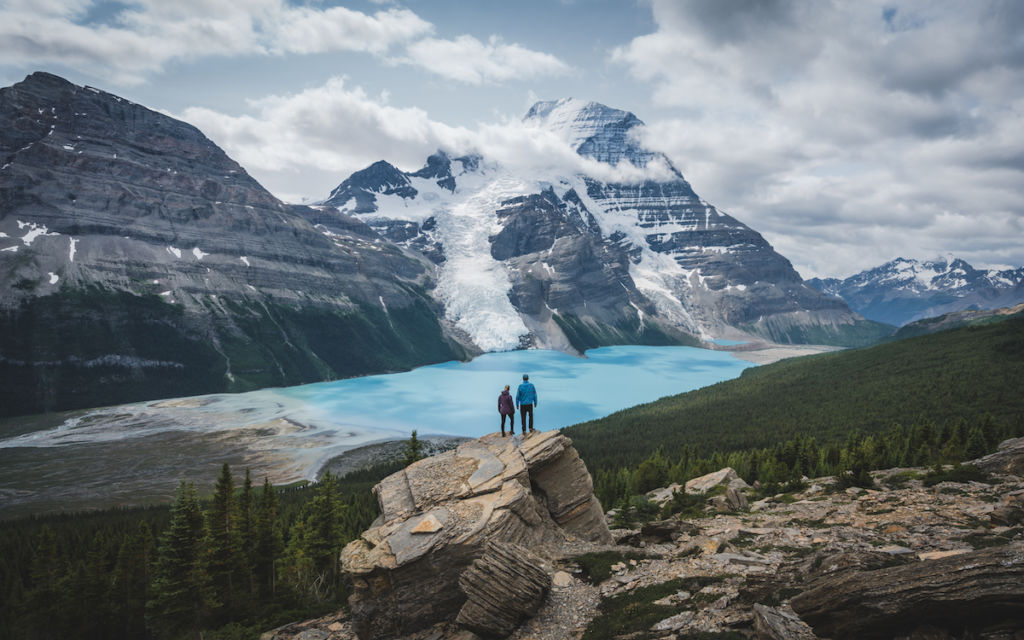
photo cred: @braybraywoowoo
1. Everyone’s story is unique. Can you tell us a bit about how you came to be an expert in photography?
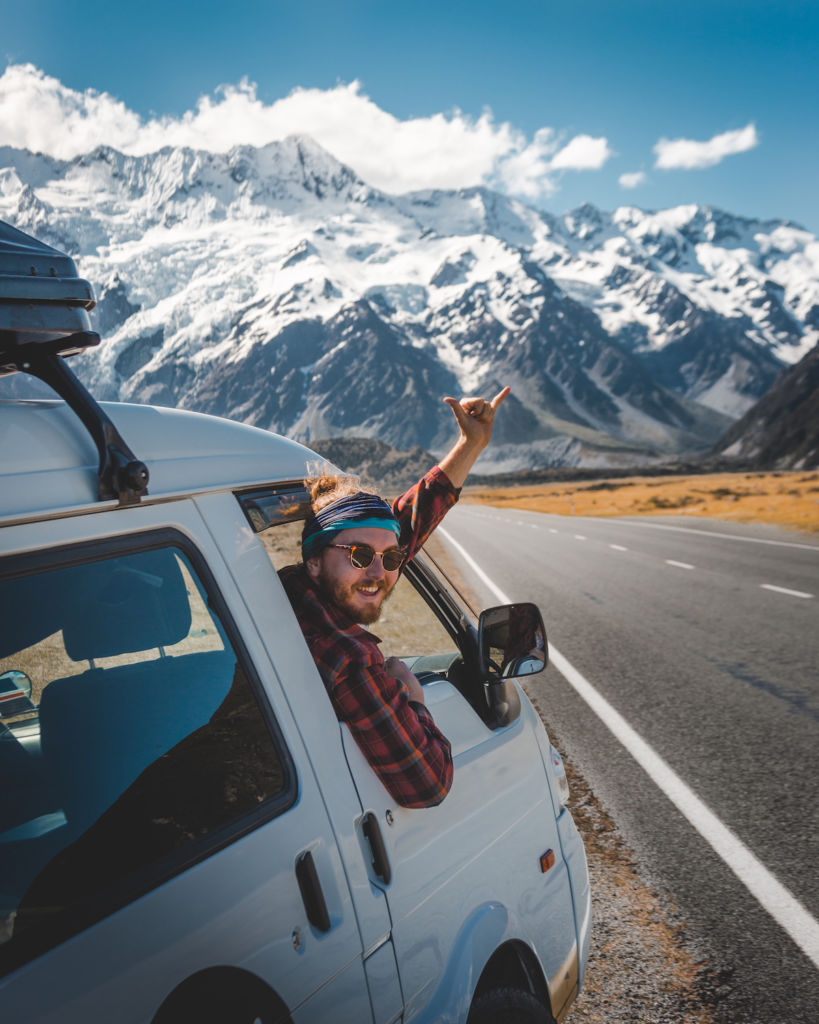
photo cred: @braybraywoowoo
My love of photography all began on my first backpacking trip to Latin America. I set off for a 6-month backpacking trip around South and Central America and discovered my love for travel. I didn’t even own a camera at the time but when I got home from my life-changing trip I just knew that I could not spend the rest of my life working at my desk job.
Once I was home I purchased a drone just for fun and began exploring my epic backyard in beautiful British Columbia. I eventually bought my first camera, a Sony a6300, and began documenting my adventures. After MANY adventures and TONS of practice, one thing led to another, which brought me to where I am today.
Eventually, some of my closest friends and fellow creatives joined together and formed the creative collective known as All About Adventures. I now spend the majority of my time travelling near and far working with various clients and discovering new places with my best friends by my side.
At the core of it all, travelling, finding new experiences, going on good old fashioned adventures, and being able to do all of this with my closest friends are what drive me and inspire me to keep creating and pursuing this career and lifestyle.
2. When you started in photography, what camera/device did you use? Do you still use the same one?
Technically the first device I ever started creating videos and photos with would have been my iPhone and GoPro… But the device that really got me started in my career was my drone. I started off only taking drone videos and photos with my DJI Phantom Pro 3. The first camera I ever bought was my Sony a6300. I upgraded from the Sony a6300 to the Sony a7R ii when I got my first major job with some clients in Alaska and have been using that ever since.
photo cred: @braybraywoowoo
3. What are your basic lenses and why do you use them?
The two lenses that I use the most are my 16-35mm F2.8 and my 24-70 mm F4. If I had to choose just one, it would be the 16-35 mm F2.8. I prefer to have a subject in my images with a vast landscape and I can really make these images come to life with my 16-35mm.
4. Do you ever use specialty lenses?
Yes! I also use a telephoto 70-200 mm and 24mm F1.4 prime from time to time.
I use the telephoto lens when shooting wildlife or when I want to shoot a subject off in the distance with some compressed mountains in the background.
I use the 24mm F1.4 in low light situations and when I am shooting more lifestyle, portraits or products in scenes.
5. What’s the leading factor in choosing which lens you will shoot with on a given day?
It definitely depends on the landscape I am shooting and how I want to bring that to life. Each lens I own has a different way of creating the type of scene that I want to portray in my images and different landscapes have a huge factor in that.
For example, if I am shooting a camping scene with a tent in the mountains I will typically use a wide angle lens to capture everything.
It also depends if the shoot I am going on is just for fun or if it is a client shoot where I am shooting products. In that case, I would typically use a lens where I can have a wider focal range and be able to zoom closer in the feature the product.
photo cred: @braybraywoowoo
6. Do you think there are any particular photography items that new photographers could do without? What are 1-3 things photographers do not need?
I think it all depends on what type of images these photographers are trying to capture. I don’t really think there is anything that a new photographer technically does not need… But a suggestion I can make is starting out with one lens, preferably a 16-35mm or 24-70mm, and mastering that lens before going out and buying a bunch of fancy zoom lenses or primes. If you are shooting on a crop sensor you can just look for the equivalent mm for the size of the sensor your camera has.
photo cred: @braybraywoowoo
7. Do you have any particular products, tech, or tools you’re passionate about or find particularly useful in your photography? What are 3 things you can’t – or won’t – go on a shoot without?
On every shoot, I bring my 16-35mm 2.8, my drone which is a DJI Mavic Pro 2, and if I am hiking I always have my peak design clip attached to the front strap of my bag so I don’t have to go in and out of my backpack every time I want to take a photo.
8. If present you could go back to past you and offer one piece of advice, what would that advice be?
If I could go back in time and give one piece of advice to the past me who was just starting out in photography it would be to be more present.
At the start of my career, I was so caught up in trying to take the best images when exploring a new location that I would forget to take time to enjoy the place I was there to explore in the first place. Now I make sure I get the images I want but also make sure I take the time for myself to explore the beautiful places that I am adventuring to.
photo cred: @braybraywoowoo
9. Which photography trends are you seeing that you’re excited about or are interested in exploring?
In the outdoor, adventure, travel and even just the Instagram community, there are soooooo many trends that are happening so fast. Like having hipster blankets and hats in your images, or another one that is just popping up right now is that everyone is trying to take images of motorcycles and going out and buying new bikes. Hahahaha… I am not the biggest fan of these materialistic trends and definitely don’t think you should go out and buy a motorcycle just to take some images of it. If it’s something you are truly passionate about though, go for it!
One trend I am really liking lately is that people are starting to get an urge to explore and capture new locations around the world that I have never seen.
There is a lot of very similar content out there, especially on Instagram, and it gets very repetitive. It’s awesome to see people breaking the norm and visiting places that I’ve never seen and really getting back to the roots of adventure photography. Which is basically like I said before, good old fashioned adventuring and discovering new places!
photo cred: @braybraywoowoo
Brayden is a Canadian adventure, lifestyle, travel photographer, videographer and social media influencer with an insatiable hunger to explore. From the epic peaks of Patagonia to the lush tropical beaches of Indonesia, you can find him searching for the next adventure.
In 2014 he set out on his first backpacking trip throughout Latin America. It was there where he realized his passions for travel and creating content of the beautiful locations he discovers. Since then he has co-founded All About Adventures and worked with high-profile clients such as Google, Air New Zealand, TenTree, GMC, Marmot, Ultimate Ears, Destination British Columbia, Visit Finland and many more all around the world.
Over the course of his career, he has accumulated a massive social media following of over 230K+ fans. At the core of it all, Brayden loves to travel near and far exploring the places our beautiful planet has to offer and have a GREAT time doing it.
You can contact him via his website. Learn about his story here, or follow him on Instagram.
photo cred: @braybraywoowoo
For additional tips on how to photograph like a pro or select the right lens for you, drop by your local London Drugs and talk to any of our in-store photography experts.

